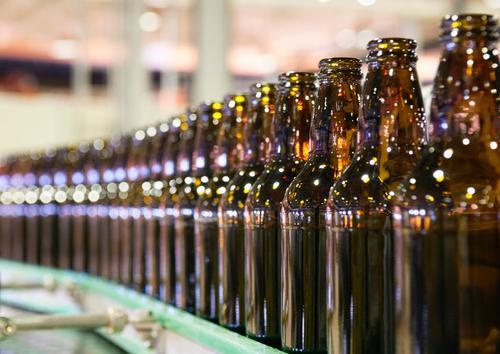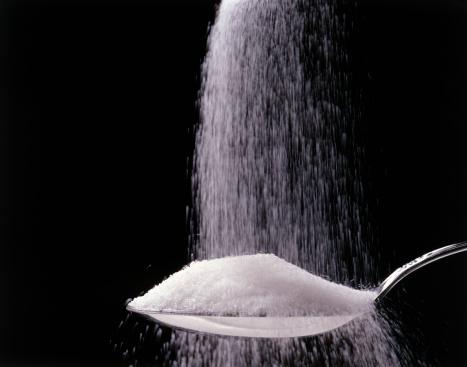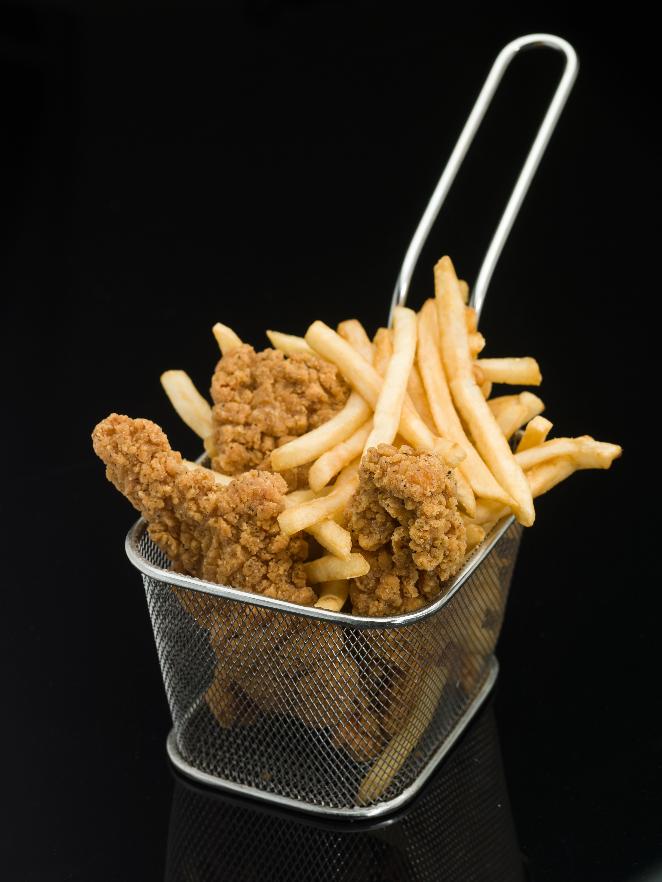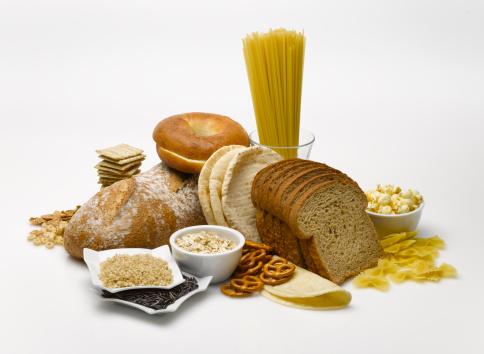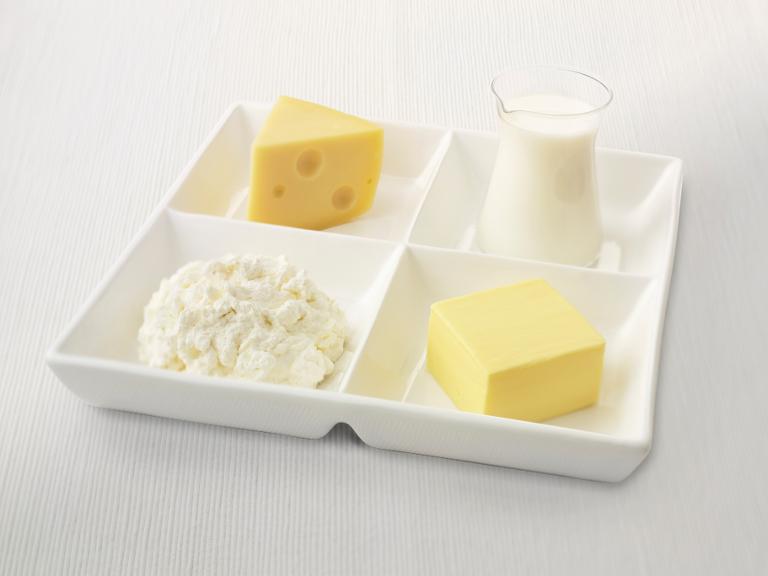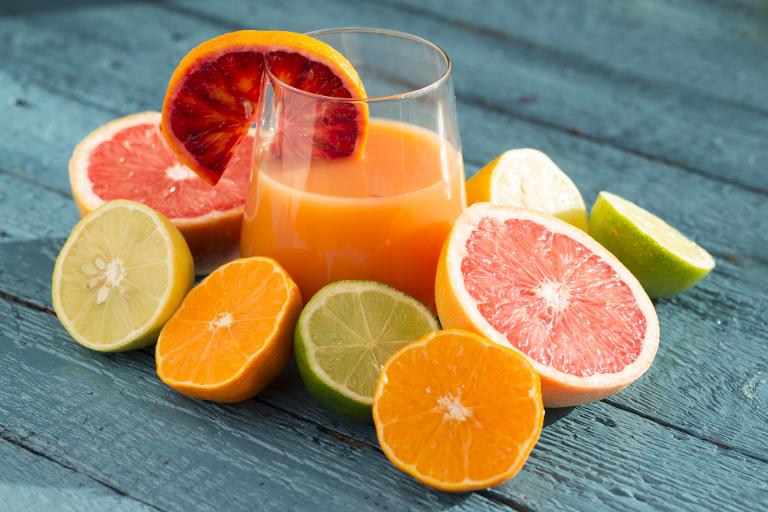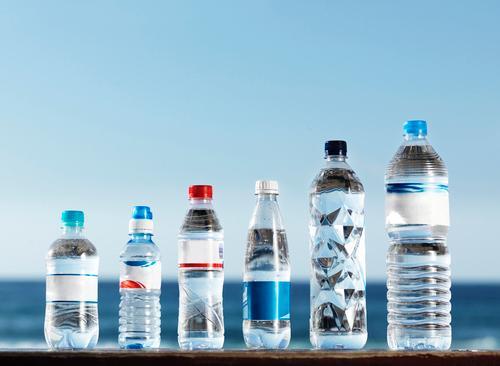Beware… Some foods advertise "No MSG" when in reality they contain large amounts of hidden MSG derivatives, called "free glutamate".
The only harmless kind is bound glutamate. Don't be deceived by the food industry.
If a glutamate contains 79% or more free glutamic acid it must be called MSG. If it's less than that, it escapes MSG labeling restrictions, and they can call it whatever they want.
So beware of innocent sounding names like: hydrolyzed protein, autolyzed yeast, soy protein extract or isolate, vegetable protein isolate, natural flavors, spice, carrageen.
Incidentally, carrageen is an MSG additive found in ice cream, dairy products, baked goods, yogurt, and some margarine… Researchers use it when they want to grow cancer cells — while manufacturers put it in your food!
Innocent sounding 'hydrolyzed vegetable protein' is even more risky than MSG. It contains not one, but three excitotoxins (glutamate, aspartate and cysteic acid) — plus several known carcinogens.
Expect the FDA to turn a blind eye. (There's too much money in this.) You're on your own to protect yourself. Caveat emptor — and good health to you.
This pernicious food additive is an excitotoxin — a substance that damages and even kills certain nerve cells by overstimulating them. This food additive has a 'side-kick' too, a similar food chemical that harms you in many of the same ways.
We'll focus here on monosodium glutamate -- MSG -- and its forty-some aliases. But be aware that aspartame is just as dangerous. Aspartame is much easier to recognize and eliminate from your diet. MSG, on the other hand, tends to be concealed.
Food manufacturers have been adding MSG to our food since 1945. They didn't go to the trouble of conducting studies to see if it was safe. Turns out it's not.
In 1968, while he was studying excitotoxicity, Dr. John Olney accidentally discovered that all his MSG-fed animals were obese. The more MSG the animals ate, the fatter they got.
This is highly revealing, in light of today's triple epidemics of obesity, metabolic syndrome and Type II diabetes.
Feeding MSG to an infant or toddler almost guarantees the child will become obese by adolescence or adulthood. This is what happens in every type of animal studied without exception.
Monkey studies dating back to 1969 show MSG causes lesions i.e. wounds or sores in the hypothalamus — your brain's weight control center. The hypothalamus is highly sensitive to MSG. This fact has been verified in test after test.
Brief time out: Are you feeling good about how the FDA is "protecting" our food supply? Thought so. You've got to get over the idea that the authorities — the people in charge — are looking out for you. They aren't.
Getting back to the hypothalamus, it's the organ where your leptin receptors regulate food intake. Leptin is the chemical that signals your brain you've had enough to eat. Once MSG destroys the leptin receptors, food intake is de-regulated and you gain weight. Your brain literally doesn't know when you're full, and you don't stop eating.
Unfortunately for humans, blood plasma tests show we're 20 times more sensitive to MSG than monkeys, and five times more sensitive than mice. And your young children and grandchildren are four times more sensitive than you are.
It's a poison — not an allergen!
What exactly does it mean when I say that MSG is an excitotoxin? MSG is an amino acid that serves as a neurotransmitter in your brain. Your body has some of these which are benign when naturally bound to protein. But the free glutamic acid (glutamate) of MSG is toxic to your brain. Just a reminder: MSG is called by many other names — more about that in a moment.
Excitotoxins excite your brain cells to death — and it can happen within moments. Consuming this substance kills brain cells.
Plus, MSG is damaging to other types of cells as well. Lab animals fed MSG also show toxic degenerative changes in their livers, kidneys, nerves, and eyes within minutes.
Most people think MSG makes people sick by triggering an allergic reaction. They're mistaken: this is not a case of food allergy. Dr. Russell Blaylock, neurosurgeon and leading expert on nutrition and the brain, assures us MSG is a toxin — a poison. You might not react the same as the next person, but it's still a poison. Everyone is damaged by it. The more you consume, the more you'll be damaged.
Dr. Blaylock is one of the top alternative medicine experts in the United States. You can read his excellent newsletter if you take advantage of a special offer I've arranged for
Cancer Defeated subscribers —
click here to view this offer.
MSG affects MUCH more than obesity...
Consuming MSG can result in seizures and death. It might give you obviousbrain damage. Or it might bring on subtle changes like losing connections to the nerve cells' dendrites and synapses, which start disappearing, retracting. Your malfunctioning brain then affects your endocrine system (thyroid, adrenal, and growth hormones).
It's actually worse when symptoms are so subtle they go unnoticed, because MSG has a cumulative destructive effect on cells and connections. The lucky people are the ones who have an acute reaction to MSG. At least they have a shot at figuring out what's making them sick — so they can stop eating it.
Dr. Russell Blaylock points out that in neurology you often don't develop symptoms until you've destroyed 80% of the neurons in a particular part of your brain.
Then wham!
Without warning you end up with Parkinson's disease or ALS. When you lose the last 10 or 20% you have a rush of symptoms. But the disease really began decades earlier.
MSG has been linked to a long and growing list of conditions: stroke, heart attacks, irregular heartbeat, epilepsy, grand mal seizures, M.S., stomach disorders, nausea, vomiting, fatigue, depression, headaches & migraines, numbness, autism, ADHD, asthma, disorientation, confusion, Parkinson's, ALS, Alzheimer's, and cancer.
The CDC cautions America's 23 million asthmatics that MSG can bring on an asthma attack.
A warning to healthy athletes...
More than 460,000 people per year now die of a disorder called sudden cardiac death.1
Shockingly, it strikes otherwise healthy people with no obvious symptoms of heart disease. An alarming number of the victims are young athletes — high school, college and professional.
There are many theories on this. But Dr. Blaylock believes that the mechanism responsible is excitotoxic damage from food additives and aspartame. And there is growing evidence he may be right.
Young athletes in particular tend to have low magnesium and omega-3 levels, high calcium levels, and multiple sources of excitotoxic food additives — a deadly combination.
What's more, strenuous exercise in extreme heat depletes the body's magnesium. Consuming carbonated drinks and taking calcium only aggravates the situation. And adrenalin, which is increased during exercise, promotes heart muscle irritability and magnesium loss, too.
Low magnesium is known to produce seizures and cause sudden cardiac arrest. A classic experiment found that putting stress on magnesium-deficient animals caused nearly every single one of them to die -- nearly 100% mortality. Adding magnesium slashed the death rate dramatically.
Deficiencies of omega-3 fatty acids (like those found in fish oil) also increase your danger of cardiac arrest and sudden death.
Avocados boast an impressive list of health-boosting compounds including:
- Vitamins A, B, C, E and K
- Minerals such as copper, iron, phosphorus, magnesium, potassium and zinc
- Phytochemicals incuding beta-sitosterol, glutathione, and lutein
|
The bottom line is that avocados protect your health with lifesaving antioxidants that can…
…Protect your eyes from age-related diseases
…Control heart disease to keep your heart pumping longer and stronger
…Improve your digestive system with high fiber content
…Balance blood sugar levels
…Protect your joints from painful inflammation
Even more impressive is research that shows avocados can help prevent the growth of various cancers of the mouth, skin, and the male prostate gland!
 अधिकतर भारतीय अपने हाथों से खाना खाते हैं। लेकिन आजकल हमने पाश्चात्य संस्कृति का अनुसरण करते हुए चम्मच और कांटे से खाना शुरू कर दिया है। लेकिन क्या आप जानते हैं कि अपने हाथों से खाना खाने के स्वास्थ्य से संबंधित कई फायदे हैं।
अधिकतर भारतीय अपने हाथों से खाना खाते हैं। लेकिन आजकल हमने पाश्चात्य संस्कृति का अनुसरण करते हुए चम्मच और कांटे से खाना शुरू कर दिया है। लेकिन क्या आप जानते हैं कि अपने हाथों से खाना खाने के स्वास्थ्य से संबंधित कई फायदे हैं।